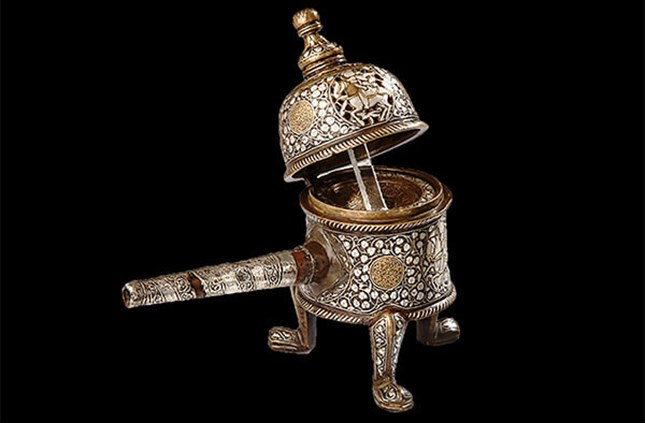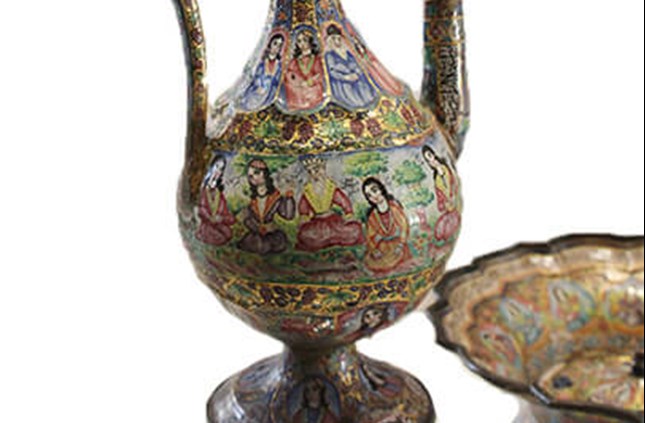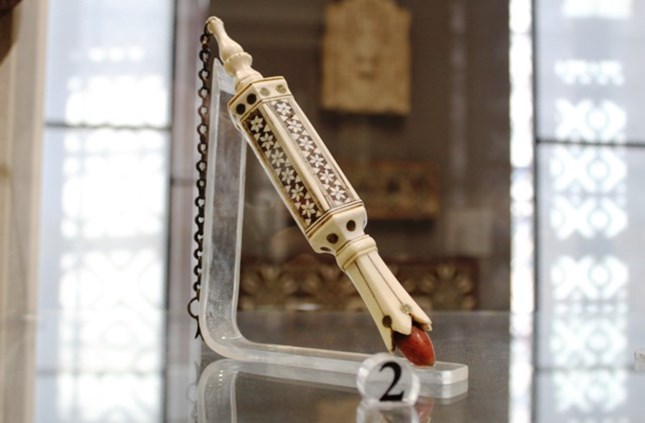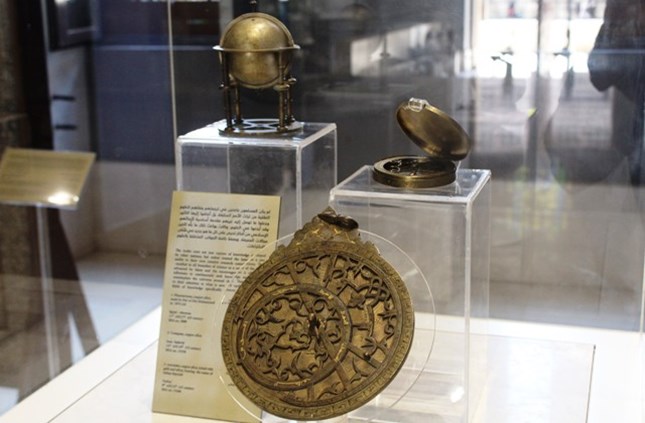
Museum of Islamic Art in cairo
The Museum of Islamic Art contains one of the largest and most extensive collections of Islamic artifacts in the world. The idea of collecting and display the grand collection of artifacts began in 1880 AD. Eventually the building was established and inaugurated in 1903 AD, during the region of Khedive Abbas Helmy ll. The building’s facade was made in the Mamluk style and is adjacent to the National Library of Egypt. In 2014, an explosion targeting the opposite building (Cairo Security Directorate), impacted the façade. It was restored and reopened in 2017. The museum’s building consists of two floors that exhibit a large selection of artifacts from all over the world, covering subjects such as astronomy, medicine, and architecture. The vast collection takes the visitor on a journey through all periods of Islamic history, displaying some of the most magnificent artifacts. These include finely carved woodwork, delicately decorated ceramics, and rare manuscripts. A Mamluk key to the Ka’ba in Mecca and a textile bearing the oldest Kufic inscription are among the museum’s most notable possessions .








